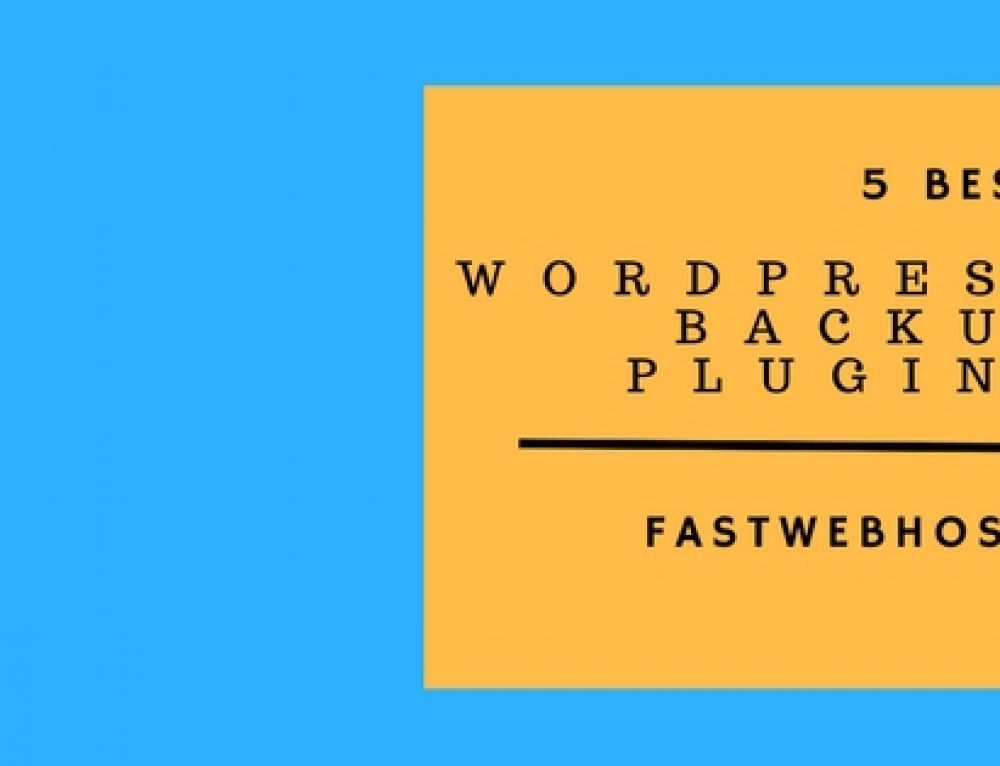Multi-author WordPress blogs have become very popular. However, they can be difficult to manage if you don’t have the right tools in place. With so many benefits of this type of blog, it’s important to know how to manage your blog.
Benefits of a Multi-Author Blog
A multi-author blog can really help your business grow and get out on social media. Each author provides you with different benefits. Some of the major benefits of this type of blog include:
- Larger Social Reach – Each of your authors should be sharing their posts on their Facebook, Twitter, Pinterest, Google+ and other social accounts. With multiple authors, you will be able to reach a larger audience.
- Fresh Content All the Time – If you have five or more authors, you will always have fresh content. Even when one author falls behind or goes on vacation, you have others to pick up the slack.
- More Content – Multiple authors have the ability to provide you with more content. If you are in a competitive industry, this can be a huge benefit.
- Multiple Experts – Maybe you run a company that covers an entire industry. If this is the case, you may have authors providing expert advice in smaller niches within the industry.
There are many other benefits, as well, but these are the most powerful.
Tools to Make Managing your Multi-Author WordPress Blog Easier
The right tools will make managing your multi-author blog easier. If you decide to use WordPress, you will have one of the most powerful CMS choices for your blog. Here’s a list of some of the best plugins to make managing your multi-author blog so much easier.
Co-Authors Plus (https://wordpress.org/plugins/co-authors-plus/)
With a multiple author blog, you may have more than one person contributing to an article. The Co-Author Plus plugin allows you to display anybody that contributed to the post instead of the default of showing it was written by the Editorial Staff. This allows for linking to all contributing author’s profiles, too.
Restrict Author Posting (https://wordpress.org/plugins/restrict-author-posting/)
Certain topics may be best suited for certain authors. With the Restrict Author Posting, you can assign certain categories to certain bloggers. For example, if you run a sports blog, you can assign each individual sport to your expert on that specific sport.
Edit Flow (https://wordpress.org/plugins/edit-flow/)
The Edit Flow plugin makes it easier to manage your editorial workflow. It’s a complete system making it easy for the editor to leave comments on drafts and add reminders. This plugin also helps by displaying an editorial calendar to keep everybody on task.
Author Spotlight (Widget) (https://wordpress.org/support/plugin/author-profile)
Anytime you want to add an author to the spotlight, this plugin comes in handy. The Author Spotlight plugin will add a widget to the sidebar, which will help you display the author bio for posts they have written.
Other plugins to help with managing a multi-author WordPress blog include:
- Capability Manager Enhanced – https://wordpress.org/plugins/capability-manager-enhanced/
- Revisionary – https://wordpress.org/plugins/revisionary/
- Author Avatars List – https://wordpress.org/plugins/author-avatars/
- Post Forking – https://wordpress.org/plugins/post-forking/
- Require Featured Image – https://wordpress.org/plugins/require-featured-image/
- TinyMCE Spellcheck – https://wordpress.org/plugins/tinymce-spellcheck/
- Email Users – https://wordpress.org/plugins/email-users/
- WP User Frontend – https://wordpress.org/plugins/wp-user-frontend/
- Content Progress – https://wordpress.org/plugins/content-progress/
- And More!
When you set up your multi-author blog, make sure you get plenty of great tools to help you manage your writers. This is a very powerful way to really build your blog and drive traffic to your website. However, without the right tools, it can be a nightmare to manage. Use the above plugins and you will be able to run and manage your new multi-author blog.

 Phone: 1(877) 215.8104
Phone: 1(877) 215.8104 Login
Login






Leave a Reply